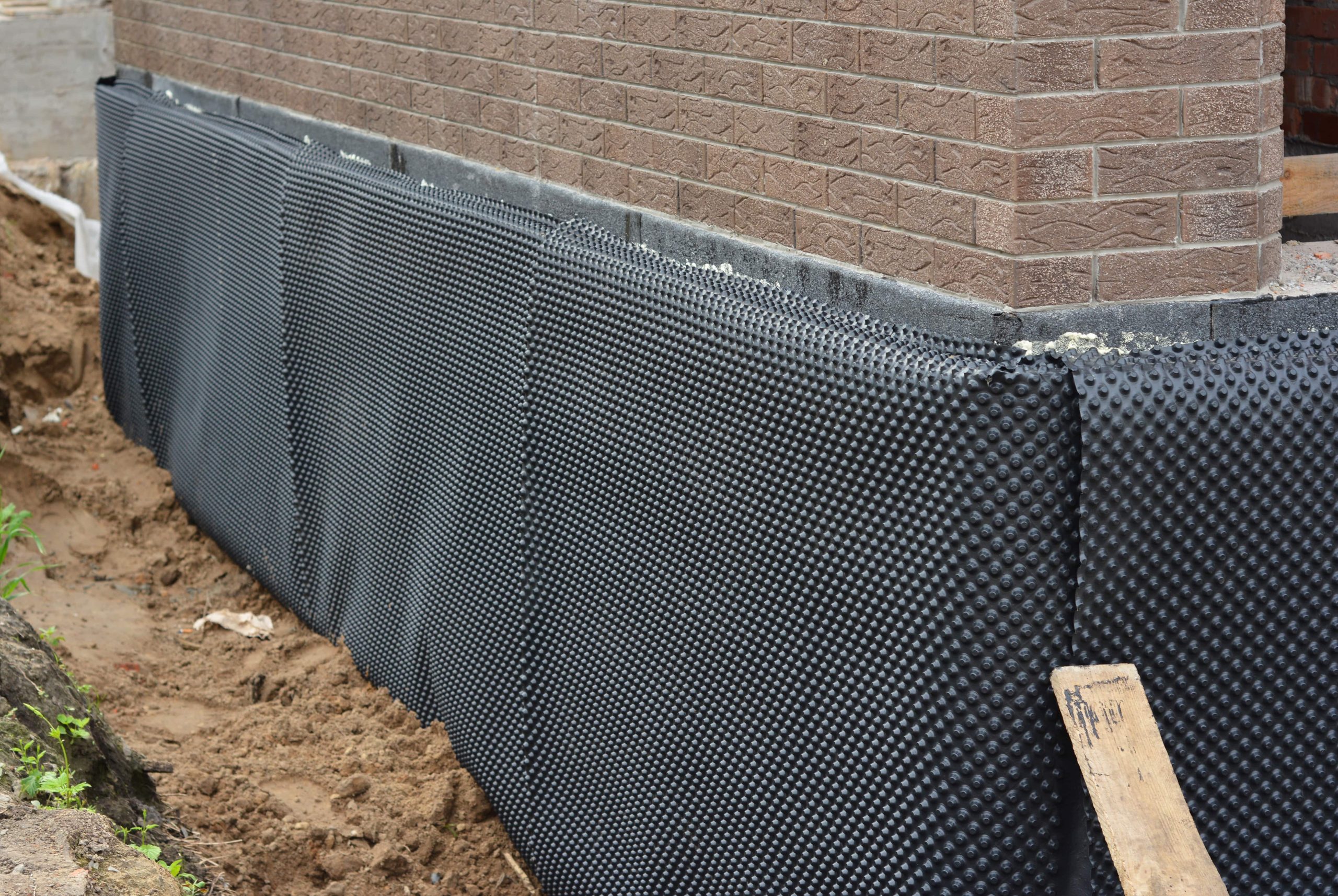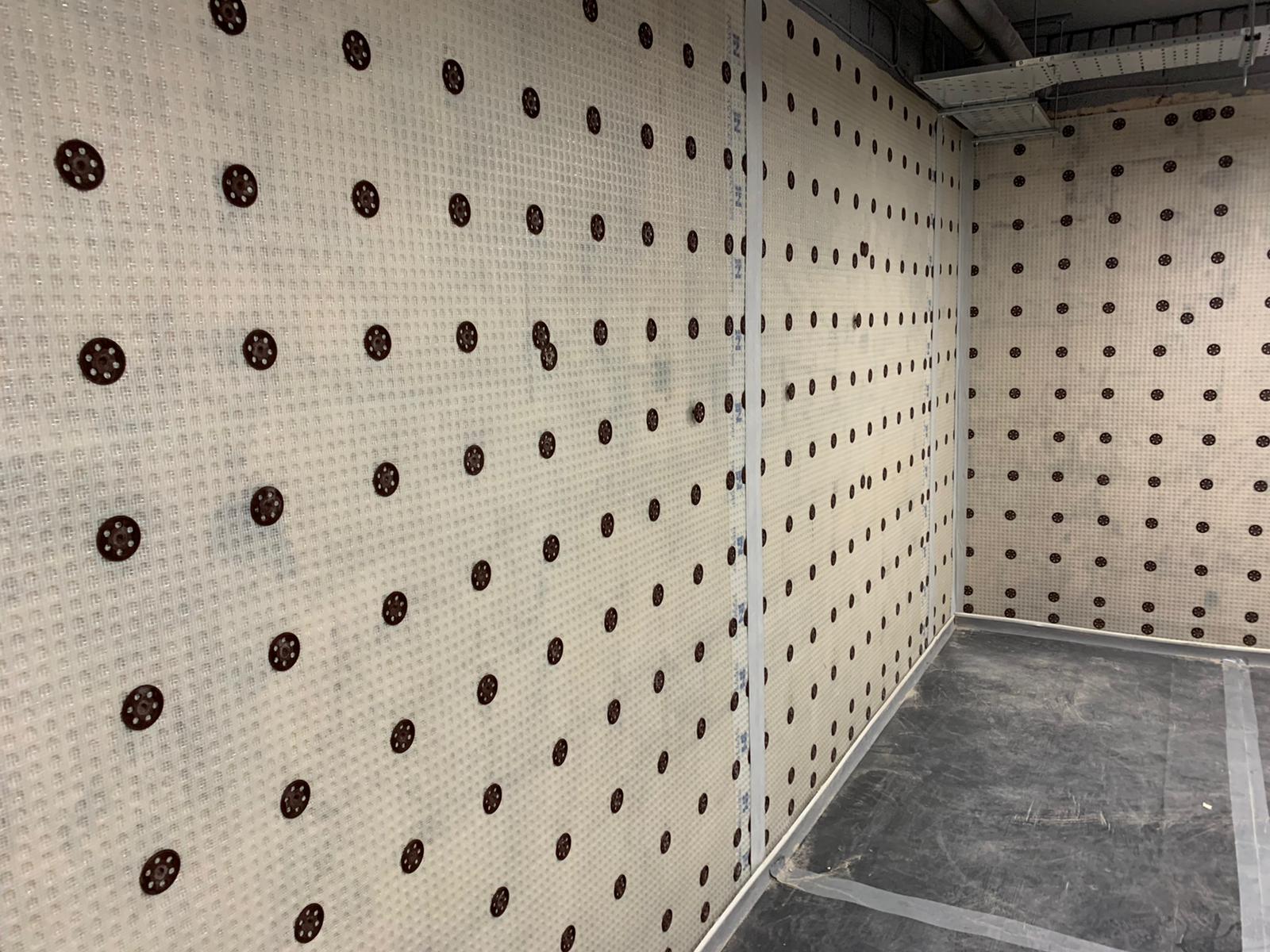Ways mould removal newcastle can enhance your indoor air quality
Ways mould removal newcastle can enhance your indoor air quality
Blog Article
Exploring the Various Strategies and Solutions for Effective Damp Proofing
Moisture in structures postures considerable challenges to both structural integrity and indoor air top quality. Numerous strategies and remedies have actually emerged to battle this pervasive problem. From typical damp-proof membranes to innovative chemical treatments, each approach provides special benefits. Understanding these options is essential for reliable dampness control. Nevertheless, selecting the right solution depends upon particular structure problems and needs, prompting more expedition right into the most reliable moist proofing strategies readily available.
Understanding the Reasons of Dampness
Dampness can occur from numerous resources, understanding these reasons is important for reliable removal. Typically, moisture stems from 3 key sources: climbing wet, penetrating damp, and condensation. Rising moist happens when groundwater takes a trip up-wards with permeable materials, such as brick or stone, often because of a lack of an efficient barrier (damp removal newcastle). Penetrating damp is generally triggered by outside factors, consisting of roof covering leakages, damaged seamless gutters, or harmed wall surfaces, enabling water to infiltrate a building. Condensation, on the various other hand, arises from excess wetness in the air, typically worsened by bad ventilation and temperature distinctions, bring about water beads creating on surfaces. Identifying these underlying issues is essential, as each kind of moisture needs a tailored approach for removal. Correct evaluation helps in identifying the most reliable options, ultimately safeguarding the architectural integrity of a structure and boosting indoor air quality
Typical Damp-Proof Membrane Layers

Chemical Damp-Proofing Solutions
Chemical damp-proofing solutions offer an innovative method to stop moisture intrusion in buildings. These techniques normally entail the application of fluid chemicals that permeate stonework and create an obstacle versus climbing wet. Commonly made use of chemicals consist of silanes, siloxanes, and other water-repellent agents that respond with surface area materials to create a hydrophobic layer.The application process usually requires boring holes into the walls, injecting the chemical service, and enabling it to treat. This method is especially useful for older frameworks where typical damp-proof membrane layers might be not practical. Chemical damp-proofing can be less disruptive and much more cost-effective than considerable restoration projects.While effective, these remedies depend on appropriate application and ecological conditions for peak efficiency. damp proofing newcastle. Normal maintenance and surveillance are necessary to ensure the longevity of the damp-proofing treatment. Overall, chemical damp-proofing represents a functional option for safeguarding buildings against moisture-related damages
Tooth Cavity Wall Surface Construction Methods
Dental caries wall building strategies provide many benefits, particularly in wetness control and power performance. By including an air gap between 2 layers of stonework, these wall surfaces efficiently minimize water ingress while improving insulation. This mix not only safeguards structures from moisture yet likewise adds to reduced power intake.
Benefits of Cavity Walls
When taking into consideration effective damp proofing techniques, the benefits of dental caries walls stick out plainly. Dental caries wall surfaces are composed of 2 separate layers, creating an air space that successfully minimizes wetness infiltration. This style lessens the danger of wetness, as the outer wall surface works as an obstacle versus rain and water ingress. Additionally, dental caries wall surfaces improve thermal insulation, which contributes to energy efficiency by reducing heat loss. They additionally offer audio insulation, assisting to produce a quieter indoor environment. Moreover, the air void permits ventilation, which assists in wetness control and decreases the possibility of mold and mildew growth. These benefits not only enhance the overall convenience of a building yet likewise add to its long life and architectural integrity.
Wetness Control Techniques
Effective wetness control methods are essential in tooth cavity wall surface building and construction to guarantee lasting protection against moisture. One primary approach entails the incorporation of weep holes, which promote water drain from the cavity, stopping buildup. In addition, making use of breathable membrane layers can help manage moisture levels while allowing trapped vapor to escape. Correct placement of insulation is likewise vital, as it ought to not obstruct drainage courses. Furthermore, guaranteeing that the outer fallen leaves of the cavity wall are created with waterproof materials improves overall sturdiness. Normal upkeep checks are necessary to recognize any obstructions or damage early, safeguarding the framework's integrity. Ultimately, a mix of these methods forms a durable defense against wetness intrusion in tooth cavity walls.
Insulation and Energy Efficiency
Insulation plays a vital function in boosting power efficiency within cavity wall surface building. By incorporating shielding materials, these walls develop a thermal obstacle that minimizes warm loss and decreases power consumption. Effective insulation not just assists preserve a steady indoor temperature but also alleviates the risk of moisture, as it avoids condensation within the wall surface cavity. Different techniques, such as the usage of rigid foam boards or mineral wool, can be utilized to attain optimal insulation efficiency. Additionally, correct setup is vital to assure that gaps and gaps are reduced, which can or else endanger power effectiveness. Eventually, a well-insulated dental caries wall contributes substantially to total sustainability and reduces cooling and heating prices for homeowners.
Outside Damp Proofing Methods
Outside moist proofing techniques are essential for protecting structures from moisture infiltration. Two effective techniques include the application of waterproof membranes and the installation of French drains. These solutions aid alleviate water buildup and protect the stability of buildings.
Waterproof Membrane Application
While different techniques exist for stopping wetness ingress, the application of waterproof membrane layers stays an extremely effective exterior moist proofing technique. These membrane layers are typically made from products such as polyethylene, rubber, or customized bitumen, offering a robust obstacle against water penetration. The installment procedure involves using the membrane to the exterior surfaces of structures or walls, guaranteeing complete protection to stop leakages. Appropriate adhesion and securing at joints are important to maximizing effectiveness. Water-proof membranes can be used in different forms, including liquid layers and sheet membranes, enabling flexibility based upon the particular needs of the structure. This approach not only shields buildings from click here to find out more moisture but likewise boosts their durability and architectural honesty.
French Drainpipe Installation
One efficient approach for managing groundwater and protecting against wetness buildup around a building's structure is the installation of a French drainpipe. This drainage system consists of a trench full of gravel and a perforated pipeline that redirects surface area water far from the structure. Appropriate setup needs mindful planning, making certain that the drain slopes away from the framework to promote suitable water circulation. Additionally, the place of the drainpipe is essential; it should be placed in locations susceptible to pooling or excess moisture. Normal maintenance, including clearing up debris from the gravel and making sure the pipe continues to be unobstructed, is important for long-lasting efficiency. Inevitably, a well-installed French drain can considerably decrease the danger of water-related concerns in basements and structures.
Interior Waterproofing Techniques
Inside waterproofing techniques are crucial for safeguarding a building's interior from dampness seepage and prospective water damage. These methods generally entail the application of specific materials and techniques created to develop a moisture obstacle within the framework. One common technique is making use of water resistant coatings or sealers on walls and floorings, which stop wetness from passing through surfaces.Additionally, setting up indoor drainage systems, such as sump pumps, can efficiently handle water accumulation in basements and creep areas. One more approach involves the usage of vapor barriers, which are set up to hinder dampness motion from the ground into living spaces.Moreover, addressing any splits or gaps in walls or structures with suitable sealants ensures a complete protection versus water breach. By executing these indoor waterproofing strategies, homeowner can significantly decrease the risk of mold development, architectural damage, and various other moisture-related concerns. Proper execution of these techniques is essential for lasting protection and building stability.
Normal Upkeep and Inspection Practices
Routine upkeep and examination techniques are important for ensuring the lasting effectiveness of damp proofing solutions in any kind of building. Routine checks allow homeowner to determine early signs of dampness breach, such as see post peeling off paint, mold growth, and musty smells. These signs can signify underlying issues that require immediate attention.Inspections should be carried out at least yearly, concentrating on prone locations like cellars, creep spaces, and exterior wall surfaces. Throughout these analyses, residential property owners need to take a look at sealants, water drainage systems, and ventilation to verify they operate correctly.Additionally, preserving rain gutters and downspouts is essential, as blocked systems can bring about water accumulation near the foundation. Applying a normal upkeep timetable, together with timely repairs, can considerably expand the life expectancy of moist proofing procedures and safeguard the architectural stability of the structure. Aggressive procedures ultimately add to the overall health and wellness and safety and security of the living atmosphere.
Frequently Asked Questions
The Length Of Time Does Damp Proofing Usually Last?
The period of damp proofing effectiveness differs, commonly lasting between 20 to 50 years. Aspects such as application quality, environmental conditions, and upkeep practices significantly affect the longevity of the wet proofing therapy.

Can I Damp Evidence My Home Myself?
The private contemplated the usefulness of do it yourself damp proofing. With proper study and the appropriate products, it is possible. They also recognized the relevance of professional support to assure resilient performance and avoid future problems.
What Are the Signs of Ineffective Damp Proofing?
Indicators of ineffective wet proofing include consistent musty smells, noticeable mold and mildew development, peeling off paint, wet spots on walls, and timber degeneration - damp proofing newcastle. Home owners should attend to these problems promptly to avoid more damages and health and wellness concerns
Does Damp Proofing Affect Indoor Air Top Quality?

How Much Does Expert Damp Proofing Cost?
Expert damp proofing prices differ you could try here significantly, usually ranging from $1,000 to $5,000 depending upon the residential property's size, the level of the moist problem, and chosen approaches. Each situation calls for a tailored analysis for exact pricing. Frequently, moisture originates from 3 primary sources: increasing moist, permeating wet, and condensation. When taking into consideration efficient damp proofing methods, the benefits of cavity walls stand out plainly. External wet proofing approaches are vital for safeguarding structures from dampness infiltration. While various approaches exist for stopping moisture access, the application of waterproof membranes stays a very reliable external moist proofing strategy. Signs of inadequate moist proofing include persistent moldy odors, noticeable mold and mildew development, peeling off paint, damp spots on wall surfaces, and timber decay.
Report this page